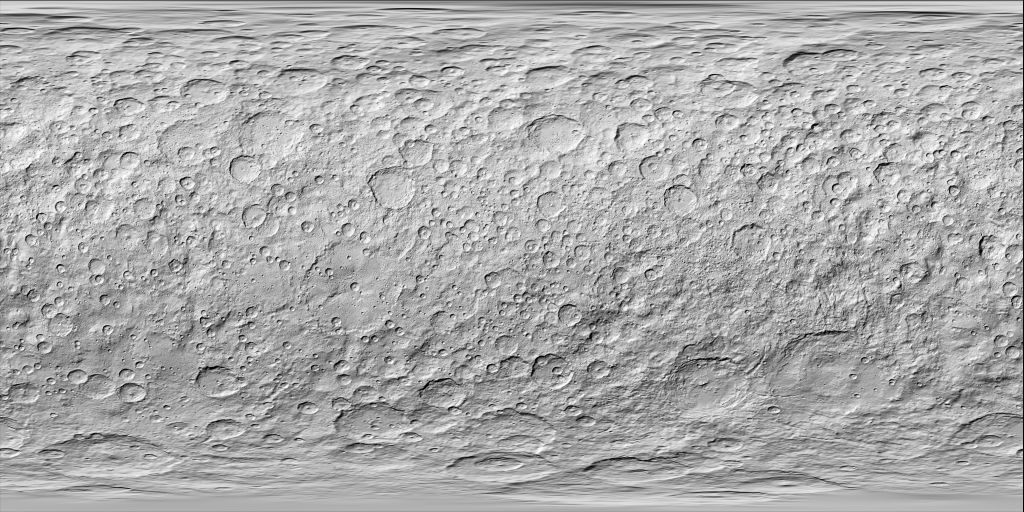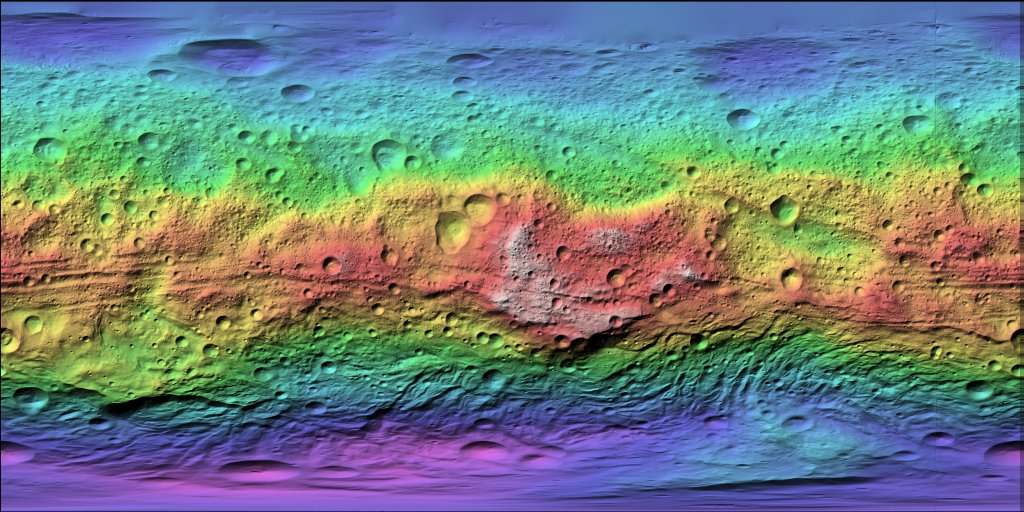Prior to NASA’s Dawn mission, the dwarf planet Ceres was widely believed to contain a substantial ice-rich layer below its rocky surface. The existence of such a layer has significant implications for Ceres’ formation, evolution, and astrobiological potential. Ceres’ surface temperature virtually ensures that large impact craters should be erased by viscous flow (a process called "viscous relaxation") on short geologic timescales if Ceres is, in fact, ice-rich. Measurements using digital terrain models derived from Dawn framing camera images, show that most of Ceres’ largest craters are several kilometers deep, and are therefore inconsistent with the existence of an ice-rich subsurface. Preventing viscous relaxation requires that Ceres’ subsurface has a viscosity at least one thousand times greater than that of pure water ice. Ceres’ shallow subsurface is therefore no more than 30%-40% ice by volume, with a mixture of rock, salts, and/or clathrates accounting for the other 60%-70%. However, several anomalously shallow craters suggest limited viscous relaxation has occurred, possibly indicating spatial variations in the ice content of the subsurface.























